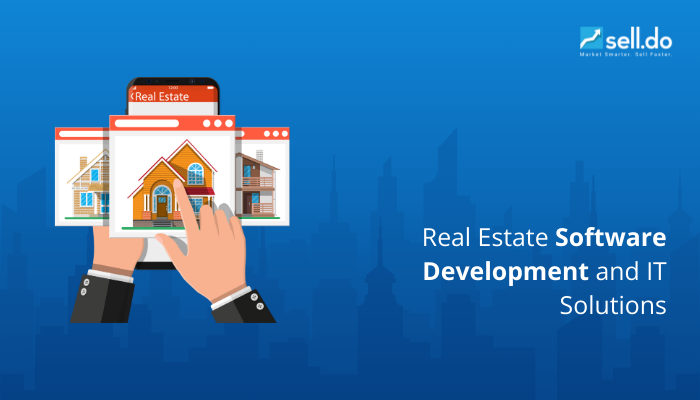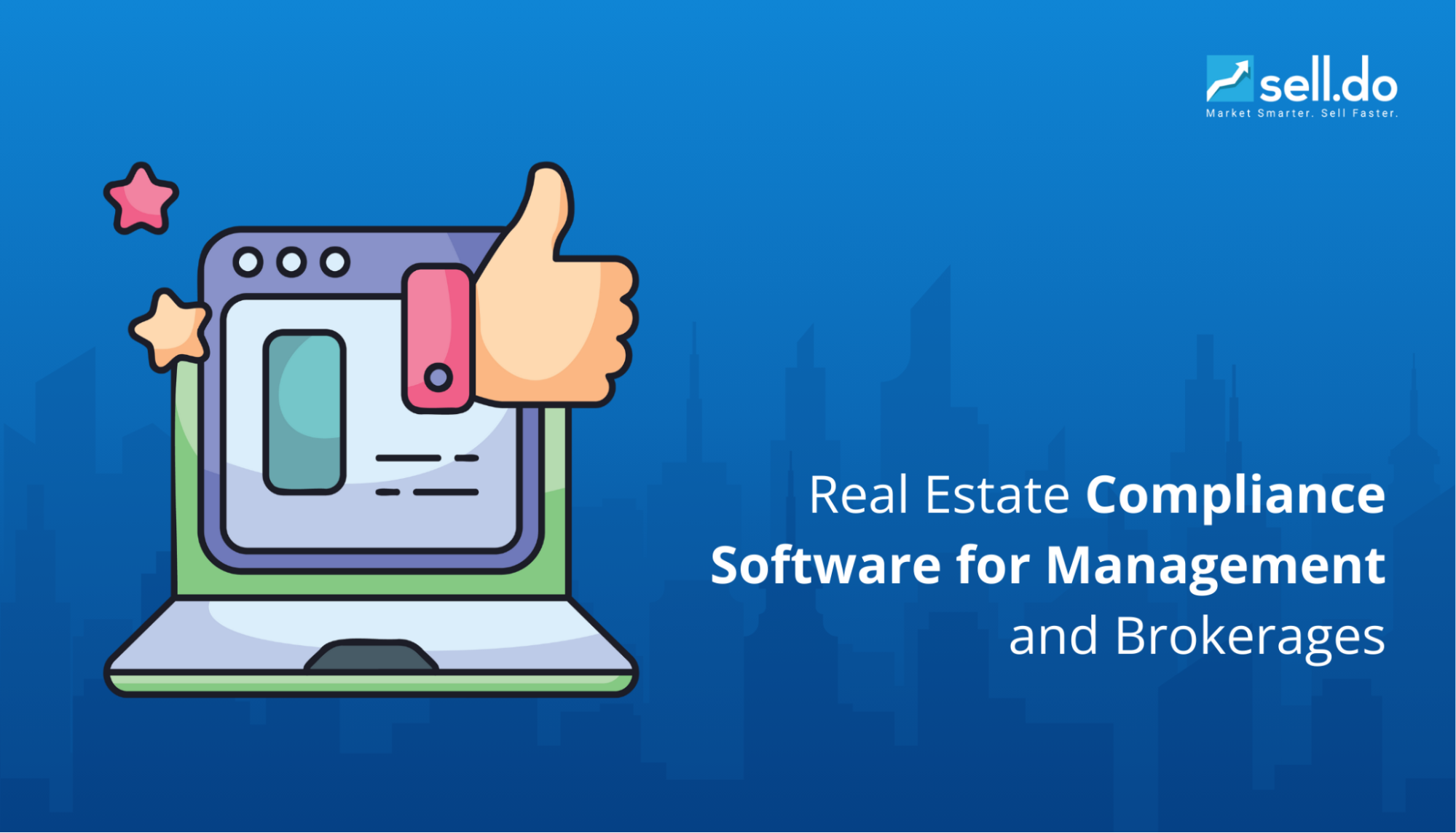The Indian economy, like the rest of the world, has felt the impact of COVID-19 and the subsequent lockdowns. Which in turn has created volatile market conditions, leading to reduced expenditure by customers. Since the lockdown, growth has slowed down to 3.1%, down from 4.7% in the previous quarter.
But even under this cloud of economic darkness, investment in real estate is still the only sensible option that promises to deliver in the long run. And it is only reasonable that investors choose real estate over other wealth enablers such as Fixed Deposit, Gold or even the stock market.
Also, recent stats tell us that the pandemic has not made a dent in the demand for residential properties.
48% prefer residential real estate as the best investment option
during Covid-19 largely due to lower risks attached.
72% of homebuyers expect a reduction
in price or relaxed financial terms.
67% of homebuyers do not plan on changing their buying plans.
34% of investors now prefer ready-to-move-in homes.
62% of buyers prefer to pay premium &
opt for developers with the least execution risk.
Growing homebuyer segment: NRI investments in India
are likely to hit an all-time high of $13.1 billion in FY 2021.
New homebuyer segment: Homeownership is a current priority for
millennials today as they prefer to invest in their
own properties than paying for rent.
Other key reasons for such demand, even in such volatile market conditions, are low-interest rates ranging between 7.15% and 7.8%, a continuing depreciation of INR against the USD, and the newfound appreciation of owning a home with work-from-home becoming a standard across most industries.
However, another set of statistics tell us that the real estate sector is sitting on an inventory pileup of 1,00,000 units while sales have dropped by 25%.
These statistics make one wonder, why is residential sales in the red when the demand for it is in the green?
The reason for this is the disconnect between real estate developers and homebuyers. The pandemic brought a halt to the physical movement of homebuyers. Realtors have always subscribed to an offline customer engagement model that depends on the homebuyer’s ability to travel from A to B.
Today, only a few areas and cities are under lockdown. Though not at the same stringent level as in the past three months, it is safe to assume that physical movement is not a priority for homebuyers today.
To make the argument clearer, let us break the impact of the pandemic on the real estate industry down to offline customer engines and its impact on real estate sales:
How purely offline
customer cycles work?
Purely offline customer cycle stage
The impact on the
supply-side
Project discovery and information gathering
Homebuyers being unable to view hoardings or read classifieds
Site visits
Homebuyers cannot fulfil the ‘look and feel’ requirement
Face-to-face interactions with sales (including follow-ups)
If one does enter this stage, interactions are managed over the phone
Booking and payment
If one does enter this stage, offline processes halt the process in its tracks
Documentation
If one does enter this stage, offline processes halt the process in its tracks
Loan application and approval (if necessary)
If one does enter this stage, offline processes halt the process in its tracks
In the age of social distancing, offline processes fail to keep the customer cycle running. Clearly, such an environment calls for solutions to help connect the demand-side with the supply-side, but by skipping past the issue of physical movement.
In effect, realtors must evolve to incorporate contactless customer cycle where both parties can engage, only this time they do so from the comfort and safety of their homes. The only viable option here is to enable online and contactless technology to enhance existing customer cycles. This transition can bridge the gap between the two to restart customer cycles by bringing both sides on to one platform.
Here is how contactless sales and marketing pathways can bridge the gap:
How online and contactless customer
cycles work in the pandemic:
Online customer cycle stage
Project discovery and information gathering via marketing automation. Operating marketing channels includes Email, SMS, WhatsApp, Facebook, LinkedIn and Google ad campaigns
The impact on the supply-side
Enriching information through multi-channel discovery
- Sharing ads across multiple channels and collaterals types
like videos and brochures - Sharing email/SMS blasts to a specific audience
- CTAs for direct contact with sales
- Showcase attractive pre-booking offers to increase lead generation
Online customer cycle stage
Virtual site visits
The impact on the supply-side
Provide a realistic experience akin to the 'look and feel'
of physical site visits
- Increase convenience as online walkthroughs can be done via any
smart device - No technical skills needed
Online customer cycle stage
Video calling* for sales interactions
(including follow-ups) and Telephony
The impact on the supply-side
Video calling - integration with Google Meet and Zoom
- Offer more nuanced conversations with screen sharing
- Convey a ‘human touch’
- Unlimited one-on-one meetings
- Record calls for quality control and information retrieval
Integrated cloud telephony with AI-driven roster
management
- From anywhere with Dynamic caller ID
- Prevent lead leakage
- Maintain track of all data like the number of calls received, missed
and unattended
Online customer cycle stage
One-click booking and payments with negotiation
management
The impact on the supply-side
Eliminate physical barriers of place and time with one-click
booking and payment
- Project transparency
- 24×7 availability and security
- One-click cancellation and property swap
Offer real-time discounts and incentives
- Demonstrate flexibility
- Experience faster conversions with proactive actions
Online customer cycle stage
Documentation
The impact on the supply-side
Automated documentation on payment
- Automated cost-sheet, demand letter and invoice generation
- Share automatically via email, SMS and WhatsApp
Online customer cycle stage
Loan application and approval (if necessary)
The impact on the supply-side
Integrate any bank or e-payment portal like RazorPay into
the process
Contactless sales and marketing pathways help reconnect homebuyers with realtors via digital mediums, which in turn should improve inventory absorption rate. Further, a deep-industry solution made specifically for the real estate sector also drives value across all verticals with CRM modules designed to improve productivity and collaboration.
CRM Modules and features
Impact on business
process and value
Real-time inventory management
- Nullify multiple bookings and lost inventory
- Manage multiple projects at multiple locations
- Access accurate metrics, insights and forecasts
Lead management system
- Keep all leads and information in one place
- Automated lead scoring
- Treating every prospect differently
- Lead nurturing process in place
- Access lead metrics, insights and forecasts
Sales pipeline management
- Project-based sales cycles to help focus on best leads
- Keep sight of the customer through the entire pipeline
- Access metrics per project
Dashboard for sales intelligence
- All information in one place
- Visualised reporting for quicker understanding
- Automated sales insights generation like total sales, sales per employee and team value, conversion ratios and forecasting
Channel partner and broker integration
- Not just as partners, more like direct business associates
- Track brokers and channel partner sales
- Sales stakeholders enjoy access to digital sales technology like video calling, online walkthroughs and telephony
- Sales stakeholders have their individual dashboards
- Save costs of hiring in-house salespersons
- Automated commission management
An integrated real estate CRM software for online sales brings enhanced agility, transparency and the convenience of online collaboration into the consumer cycle; agility to adapt to changing customer behaviour, transparency in the process and collaboration among all stakeholders.
In other words, the future of real estate is digital. What’s more, a real estate CRM software with deep-industry technology reduces process friction, redundancies and costs.
Sell.Do is India’s only ready-to-use integrated suite of cloud CRM solutions for online real estate selling. To date, more than 600 real estate developers have partnered with Sell.Do, making us the preferred technology partner for online real estate selling in the country.






Leave a comment
Comments (0)
Be the first one to comment.